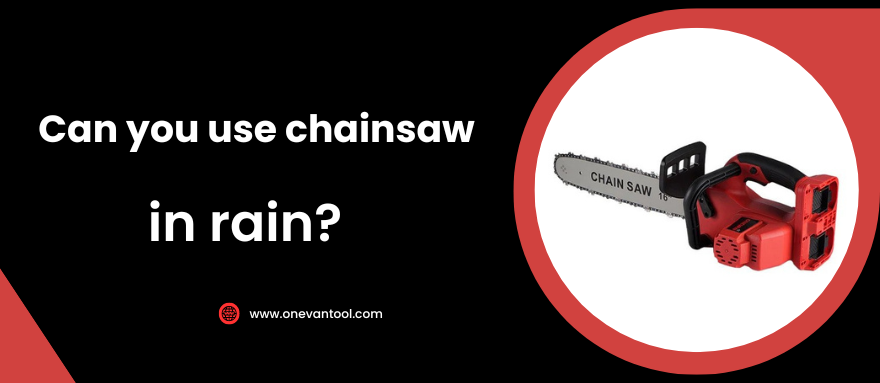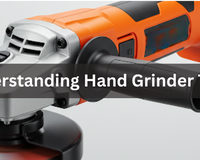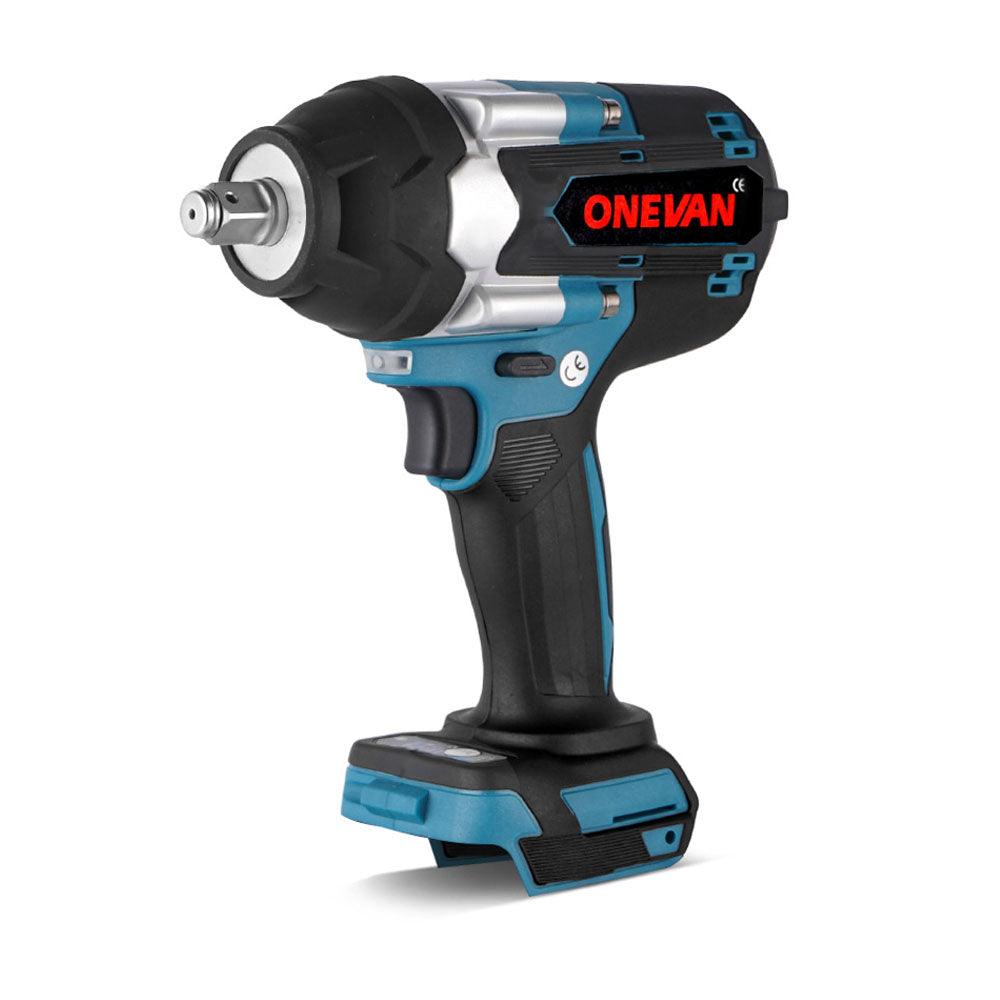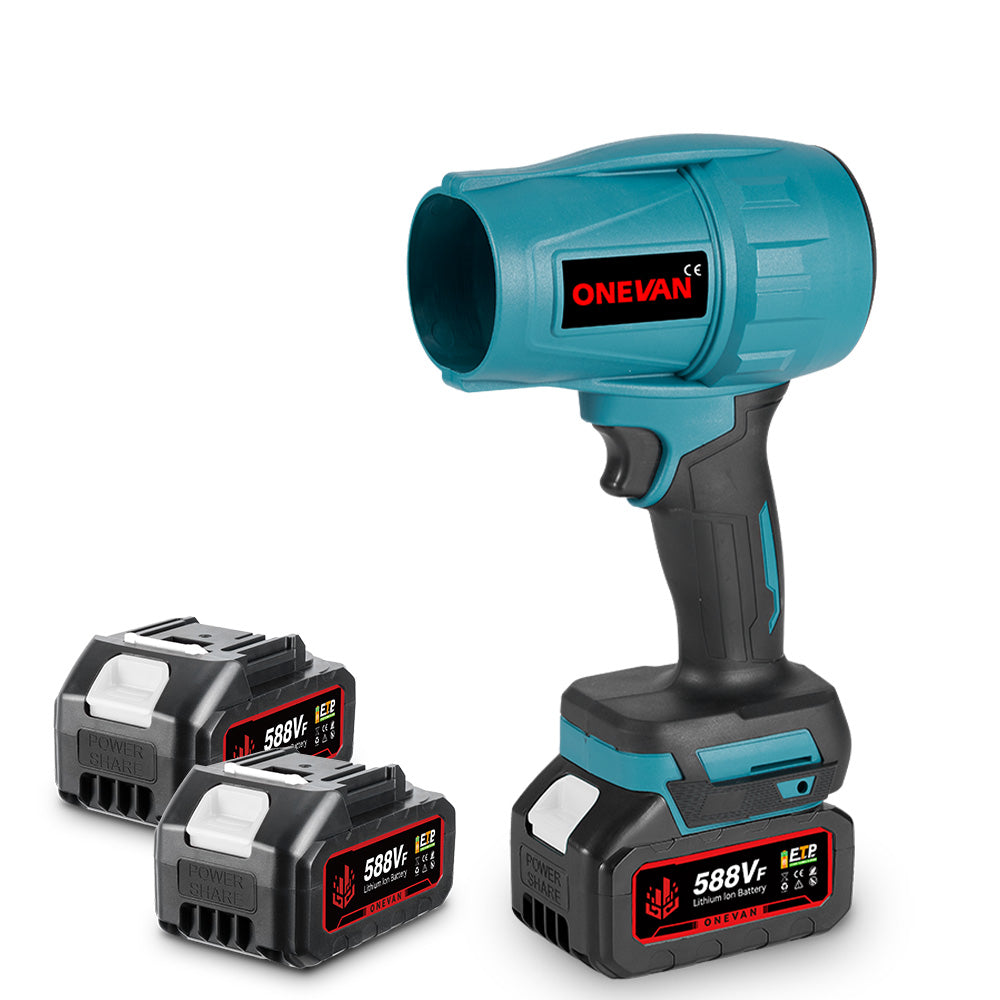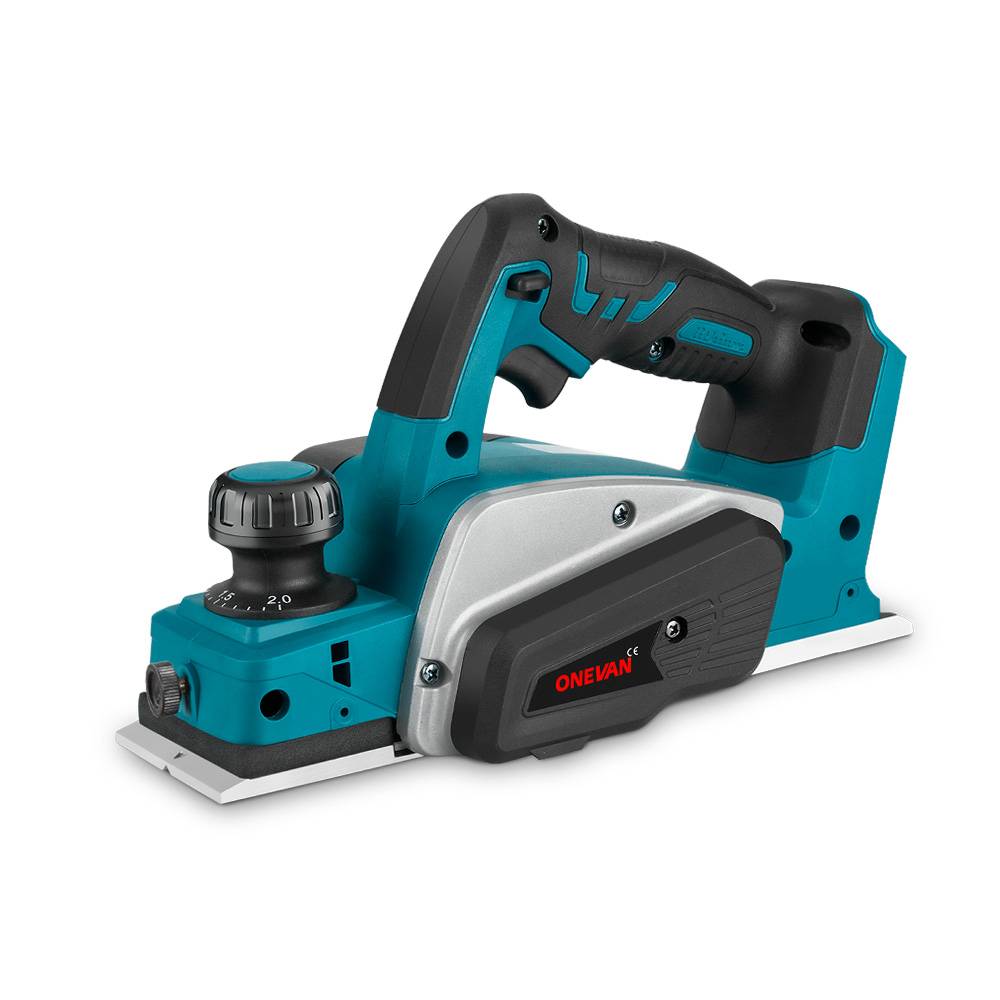Ugh, it's finally the weekend, and you're ready to handle the firewood pile. But wait, there's a storm coming ahead as it can rain anytime. Can you still use your chainsaw or wait for some time for sunshine? Or, is it good to use a chainsaw in the rain? This is a million-dollar question and as a beginner, you can put your safety at risk.
Some of the most common safety tips for using a chainsaw in the rain are:
1. Wearing Helmet
2. Protection Gloves
3. Long boots
You should look like the whole shebang!
So what are you going to learn in this article? This blog is specifically for hobbyists or homeowners who want to use chainsaws in the rain. You will learn:
- Challenges of wet weather
- How it affects different types of chainsaws (gas, electric, and battery)
- Tips to ensure the safety of the tools and user
1. Can You Use a Chainsaw in the Rain?
While possible, it is generally not advisable due to safety risks and potential equipment damage. Light showers are ok however heavy rain can put you and your equipment in risk. Here is the list of potential challenges you can face:
Reduced Traction (Coefficient of Friction):
Wet ground is vulnerable to coefficient of friction between the boots and ground. When you are using a chainsaw o the wet ground, you can easily fall. This is pretty like walking on solid pavement vs a muddy slipper place.
Slippery Grip:
Rainwater can make the chainsaw's grip slippery, making it challenging to hold securely. Not only will it loose your control but also lead to inaccurate cuts and kickbacks.
Moisture can damage chainsaw internal parts:
Drizzling doesn’t peep into the chainsaw parts however; it can travel into the machine depending on the type of chainsaw (gas, electric, battery).
Can You Use a Gas-powered Chainsaw in the Rain?
Yes, it is relatively safe to use a gas-powered chainsaw on a rainy day.
- Engine Design: Gas chainsaw engines have water resistance design. They can work in mild raining.
- Reduced Electrical Risk: Compared to electric chainsaws, gas chainsaws cutting mechanism uses spark plug ignition system. It is located away from the cutting area. Ultimately, gas chainsaws reduces the immediate risk of electrical issues.
However, you need to undertake some precautions:
- Air Filter Clogging: Heavy rain can saturate the air filter, restricting airflow and reducing engine performance. Check and clean the air filter more frequently if operating in wet environments. However, it is essential to read your chainsaw's manual for proper cleaning procedures.
- Electrical Component Protection: Massive rain can damage the air filter, thus curbing airflow and engine power. If the environment is moist, check the air filter more often, and clean it. Follow the manual for your chainsaw make for cleaning procedures.
- Rust Control: As soon as rains stop, after use, dry your chainsaw thoroughly with a clean, absorbent rag. Apply a light, even coat of oil to all metal parts, including the chainsaw bar, chain, and sprocket, to prevent rust and corrosion. This step will prevent rust and corrosion.
Can You Use a Corded Electric Chainsaw in the Rain?
No, Corded chainsaws carry a significant risk of electric shock. These are:
Electrocution Risk: Electric devices are vulnerable to the water. Therefore, even it is a light drizzle, you must not use a corded chainsaw. Otherwise, there is a higher risk of electric shock.
Ground Fault Circuit Interrupter (GFCI) Requirement:
GFCI outlet is a good option if you are using a corded chainsaw in open during rain. This is a safety device. It automatically cuts power in case of a ground fault (leakage of current). So you will be secured from a deadly shock.
Check Extension Cord:
Before using a corded chainsaw, it is recommended to check extension cord. Double check if it has cracks or stripped off. If you have a damaged wire or extension, chances of electric damage will increase.
Can You Use a Cordless Chainsaw (Battery-powered) in the Rain?

Cordless chainsaws are better and safe option compared to corded models. Let’s learn how?
Reduced Electrical Risk:
Battery-powered chainsawss do not have cords or power outlet near the cutting area. It significantly reduces the risk of electrocution in wet conditions.
However, there are still some safety procedures to follow:
Battery Protection:
Although most of the cordless chainsaws have water repelling features however you need to secure he battery form submerging into the water.
Follow Manufacturer's Recommendations:
The best practice to use a cordless chainsaw in the rain is to read your user manual. Manufacturers do mention guidelines for the optimum safety.
Drying After Use:
Dry your chainsaw after using it. I will help you to secure your device from corrosion.
Recommended Cordless Chainsaw

ONEVAN 16 Inch Brushless Cordless Electric Chainsaw
|
Feature |
Description |
|
Motor Type |
Brushless |
|
Motor Power |
7980W (maximum output) |
|
Motor Speed |
0-30000 RPM |
|
Blade Length |
16 inches |
|
Cutting Diameter |
80 cm (approximately 31.5 inches) |
|
Chain Speed |
20 m/s (approx. 45 mph) |
|
Oil Supply |
Automatic |
|
Chain Adjustment |
Tool-free |
This electric chainsaw boost a brushless motor and delivers 7980W cutting power. This brushless cordless chainsaw is very suitable for cutting wood. The 16-inch blade and 20 m/s chain speed help to easily cut through the thick wood. It also carries excellent safety features also such as double switch for start/stop, a safety baffle to prevent debris from entering the blade and an auto-shutoff for overheating.
2. Why You Shouldn't Use a Chainsaw in the Rain?
No doubt, chainsaws have compact design and they are tough tools. However, rain can cause multiple hazards that can significantly increase accidents, and injuries. Heavy rain can also damage to the chainsaw itself. Below are some hazards you can face using a chainsaw during rain:
1. Electric Shock (Electric Chainsaws Only):
- Electric chainsaws work on flow of electricity. Rain creates a conductive path for electricity. This can be significant when mixed with dirt and debris.
- Water causes a fatal electric shock. Ground Fault Circuit Interrupters (GFCI) are good devices to reduce this issue to the maximum level.
2. Slippery Surfaces Can Impact Tool Control:
- Rain makes the ground muddy and slick. It reduces traction for your feet. It can massively lead to slips, falls, and loss of control.
- A sudden loss of balance with a running chainsaw can result in serious injuries.
3. Low Visibility During Rain:
- Heavy rain can significantly reduce visibility. This will make it difficult to see around you and make good angle to cut the wood.
- Low visibility also impacts your control over the chainsaw. This can lead to the risk of accidental cuts.
4. Increased Fatigue:
- Working in wet conditions increase the chances of fatigue. This situation can impair your judgment, reaction time, and hold.
- Rain also dampens your gloves. It also reduces rip strength and it becomes very difficult for user to hold the chainsaw. This can impact your cutting direction.
5. Wet Wood Can Be Difficult to Cut:
- Wet wood often seems easier to cut. However, the reality is more complex. Wet wood fibers collapse and pack together tightly. This increases their density. It will be difficult for chainsaws t penetrate.
6. Tool Performance Issues:
- Rain can negatively impact the chainsaw's tools in different ways:
- Engine Issues: In some gas-powered models, more moisture exposure reduces spark plug performance. It can also impact the carburetor.
- Chain Lubrication: Rain provides some initial lubrication. But it can wash away proper chainsaw oil. This will lead to increased friction on the chain and bar.
3. If You Must Use a Chainsaw in the Rain, What You Should Do?
Using a chainsaw in the rain is not a wise thought. In very rare situations, you can use it.
1. Choosing the Right Chainsaw:
- Do not use corded chainsaws: In corded chainsaws, the risk of electric shock is higher due to rain's conductivity. Even GFCI protection is not sufficient.
- Gas-Powered Chainsaws are more flexible: These models are good for damp conditions with proper precautions. However, some electrical components inside gas chainsaws are vulnerable.
- Use a Cordless chainsaws: This is a relatively safe option
It is recommended to use reputable brands chainsaws. Some models have weather-resistant features like sealed ignition systems and water-resistant components.
2. Wear Safety Equipment:
- Non-Slip Boots: These boots won’t let you lose balance on muddy terrain.
- Water-Resistant Clothing: They will give you more protection from rain.
- High-Visibility Gear: This will help in low-visibility during rain.
- Eye and Ear Protection: Standard chainsaw safety gear is essential in rain.
3. Pre-Use Maintenance is Key:
- Sharpen the Chain: A dull chain will require more force. It will increase fatigue and kickback risk.
- Check and Adjust Chain Tension: Proper tension ensures seamless operation and reduces wear.
- Oil the Chain Thoroughly: Adequate lubrication will accelerate performance and minimizing friction.
4. Identify and Avoid Hazards:
- Deep Puddles: Do not cut near or in standing water to prevent electrical issues. In the worst case, if the user is also in contact with the conductive path (e. g. , through wet gloves or standing in a puddle), the user can be electrically shocked. This can be very hazardous and at times fatal.
5. Minimize Chainsaw Exposure to Water:
- Work smart: Plan your cuts to minimize the amount of rain directly hitting the chainsaw.
- Use Tarp Covers: If possible, make a temporary tarp shelter. It will shield the chainsaw from heavy downpours during breaks.
6. Safety Tips While Operating:
- Maintain a Firm Grip: Wet gloves can decrease grip strength. Be extra cautious and avoid single-handed operations.
- Cut deliberately and slowly: Do not be hastened. It can lead to accidents. Focus on controlled cuts and prioritize safety over speed.
7. Emergency Procedures:
- Have a Plan: Before starting, inform your friends or companion of your location and activity, especially when working alone.
- First Aid Kit: Always carry a well-stocked first-aid kit to fix minor injuries.
- Know When to Stop: If weather conditions worsen or equipment malfunctions occur, stop working immediately.
4. How To Maintain The Chainsaw After Using It In The Rain?
Just occasional chainsaw operation in the rain demands a proper cleaning and service to avoid rust and corrosion, and malfunctions. We have mentioned the key steps below:
1. Dry the Chainsaw Thoroughly:
Rain exposure is one of the worst conditions that can damage your chainsaw. Here's a step-by-step guide to dry different chainsaw components:
• Exterior Surfaces:
Using clean, absorbent cloths, remove any surface moisture from the chainsaw and its all parts. It is recommended to focus more on the engine housing, bar mounts, and handle grips.
You can use the compressed air if available to blow any water that has seeped into the cracks or other hard to reach areas. Remember to not apply pressure on the air to avoid straining on the sensitive parts.
Chain and Bar:
If the chain brake is activated for safety, rev the chainsaw for just a few seconds as if cutting with it while the brake is on. This helps to flick away any excess water droplets from the chain and bar.
At this point, it is recommended to use a clean cloth in a bid to wipe the chain links and the bar surface to ensure that there is no more water or any form of debris.
Use high quality chainsaw oil which is to be used in wet conditions, put a thin layer on the chain. This assists in shifting any remaining water and acts a shield against the rust.
2. Clean and Lubricate the Chain:
- Cleaning:
For heavily soiled chains, soak the chain in a solution of warm water and a mild degreaser designed for chainsaws. Follow the manufacturer's instructions for dilution and soaking time.
Use a dedicated chainsaw cleaning brush to remove dirt, debris, and any stubborn grime from the chain links and bar groove. Rinse the chain thoroughly with clean water to remove any cleaning solution residue.
- Lubrication:
- Oil Reservoir Refill: Refill the chainsaw's oil reservoir with fresh, high-quality chainsaw oil. Rain can wash away existing oil, compromising lubrication. Choose an oil specifically formulated for wet conditions to provide additional protection against moisture.
- Manual Chain Oiling: After cleaning and drying the chain, manually apply a thin layer of chainsaw oil directly to the chain links, ensuring it penetrates between the rollers and inner link surfaces.
3. Check for Damage and Corrosion of Your Chainsaw:
Carefully examine the chainsaw for any signs of physical damage caused by rain or impacts during use. Look for cracks, dents, or deformations in the housing, bar, chain, or other components.
- Focus on Electrical Components (Gas Chainsaws):
- Pay particular attention to the spark plug area and any exposed wiring for signs of moisture damage, corrosion, or loose connections.
- Air Filter Inspection:
- A wet air filter can hinder engine performance. Check the air filter for signs of moisture or clogging. If damp, allow it to dry completely before reinstalling. In some cases, a heavily soiled or damaged air filter might require replacement.
Addressing Potential Damage:
- Minor Issues: For minor scratches or surface rust, cleaning the affected area and applying a protective lubricant can suffice.
- Major Damage: If you identify significant cracks, deformations, or electrical component damage, consult a qualified chainsaw repair technician for proper evaluation and repairs. Never attempt to operate a chainsaw with known safety hazards.
4. Store the Chainsaw Properly:
- Clean and Dry Storage: Ensure the chainsaw is completely clean, dry, and free of debris before storing. Moisture left on the chainsaw can accelerate corrosion.
- Oil the Chain and Bar: Apply a thin layer of chainsaw oil to the chain and bar for added protection during storage.
- Cool and Dry Location: Store the chainsaw in a cool, dry location out of direct sunlight. Avoid damp basements or sheds.
5. Conclusion
This guide has explored every possible way to use a chainsaw in the rain. However, it is not a recommended practice and you should avoid using any chainsaw during heavy rain. We have mentioned earlier that it can bring significant consequences to your safety and equipment parts. Still, if you are willing to use a chainsaw in the rain, do not forget to take complete safety measures.
6. FAQ
1. Is it safe to use a chainsaw on wet wood?
Actually, cutting wood with water in it will not harm the chainsaw in any way. Wood that is damp can actually appear to be an easier material to slice through, especially in the beginning, because of the water. However, there are downsides:
• Safety Concerns: It is easy to cut dry wood and the sawdust is fine and does not clump which can be tiring when cutting wet wood. Other factors that may make it highly probable for an individual to slip and fall include slippery floors adjoining wet wood.
• Tool Maintenance: Rain water can easily make the chain rust quickly and the chain may need to be cleaned and lubricated more often.
2. Is it okay to run a chainsaw in the rain?
It's generally not recommended because:
- Electrical Safety (Electric Chainsaws): The biggest risk is with electric chainsaws. Rain creates a conductive path for electricity, increasing the risk of shock.
- Reduced Control: Slippery surfaces and low visibility due to rain can make it harder to control the chainsaw safely.
- Increased Risk of Accidents: Fatigue and reduced control due to rain can lead to accidental cuts or slips.
3. Is it safe to use power tools in the rain?
It depends on the power tool. Gas-powered tools are a little safe to use in light rain with caution. However, electric tools are not safe to use in wet conditions.
4. Can you use an electric saw in the rain?
Absolutely not. Electric saws are designed to use in dry conditions only. Water can damage electrical components and give an electric shock to the user as well.
5. Are electric saws waterproof?
No, electric chain saws are not waterproof. They are designed for indoor or dry outdoor use. Even light rain can compromise electrical safety.
6. How do I protect my power tools from rain?
- Plan Your Work: If possible, postpone using power tools until the rain stops.
- Seek Shelter: If you must use them, work in covered areas like sheds.
- Use GFCI Outlets (Electric Tools): For electric tools in very specific dry conditions (not recommended overall), ensure you're using a Ground Fault Circuit Interrupter (GFCI) outlet.

